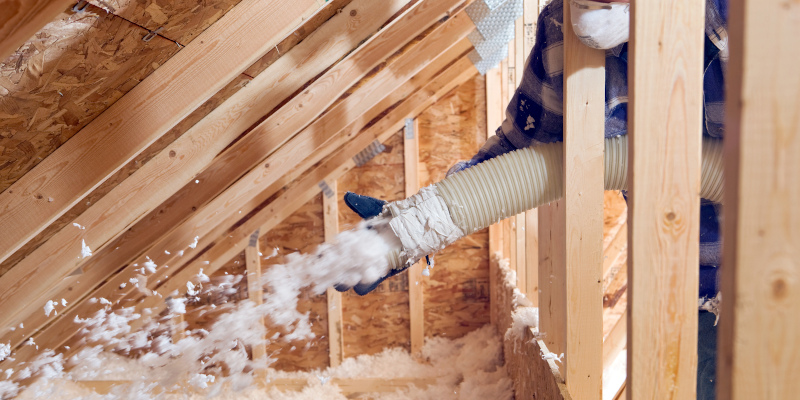If you are looking to insulate or replace the insulation in your home, it’s important to be well-informed about all the options available to you. One of the most common insulation options is blown-in insulation. Here are just a few of the pros and cons of this type of insulation to help you decide if it is the right type for you and your home.


Pros
- Complete coverage: Blown-in insulation is exactly as it sounds: bits of insulation blown in to cover and insulate the desired spot. This allows the insulation to cover the area entirely rather than having small spaces left uncovered for air, moisture, and pests to creep in or out. This also allows it to offer more effective insulation and even noise reduction.
- Energy efficient: Because the blown-in insulation covers the area completely, it is especially effective in keeping unwanted heat or cold from seeping into your home, making it more energy efficient. If you choose this type of insulation, you will also likely find reduced energy bills because your AC and heater won’t have to combat unwelcome heat or cold air leaking in from the attic.
- Eco-friendly: Blown-in insulation is also eco-friendly because it is made of recycled materials, like shredded newspapers.
Cons
- Installation can be messy: One of the cons of blown-in insulation is that installation projects can get messy quickly if you don’t know what you’re doing. It requires an air pressure hose to blow the insulation into place. That’s why you should always leave the installation process to the professionals, like us, so we can get the job done right from the beginning without any potential issues or messes.
- Room for mistakes: Another downside to blown-in insulation is that there is a lot of room for error when it’s being installed. When this type of insulation isn’t properly installed, you have a greater risk for heating, cooling, and moisture issues as it will not be as effective. Once again, that’s why it’s so important to leave the job to experienced professionals.













